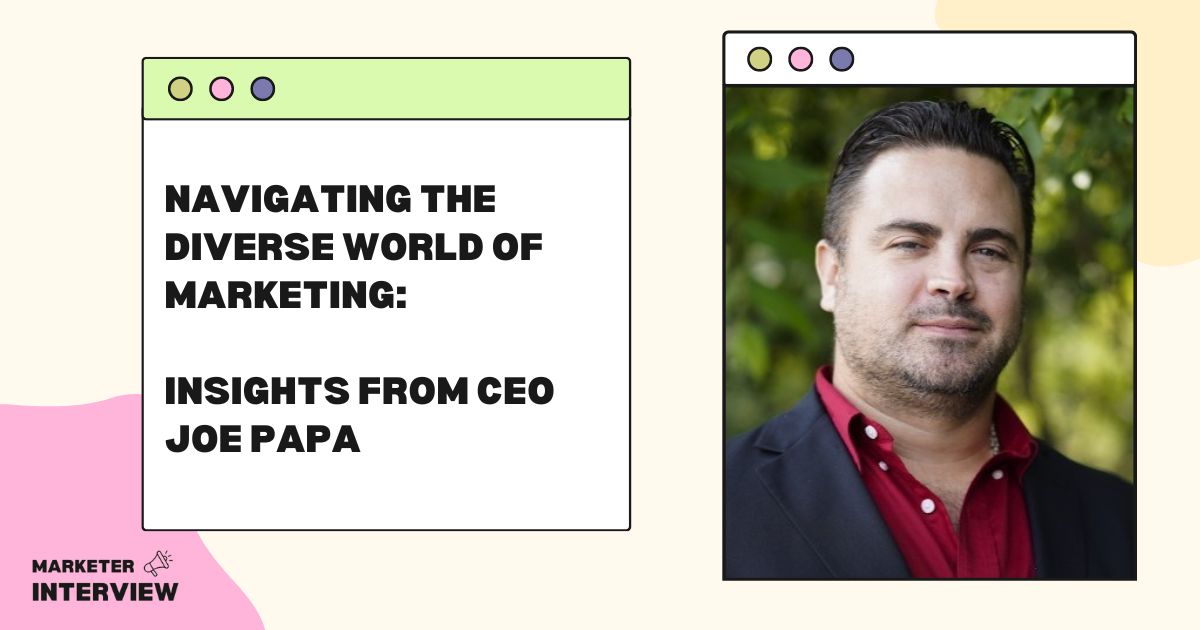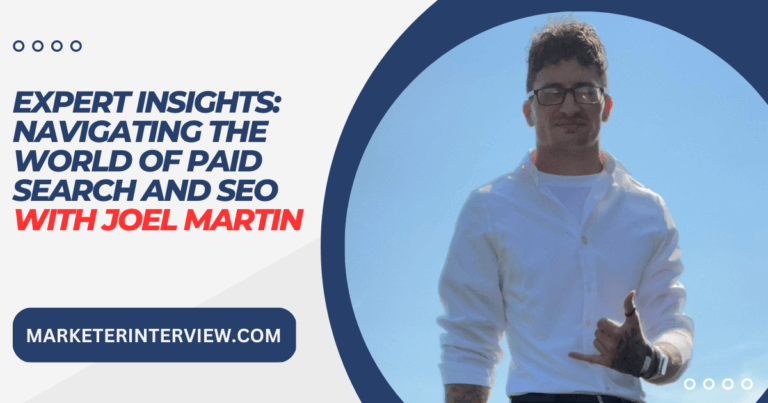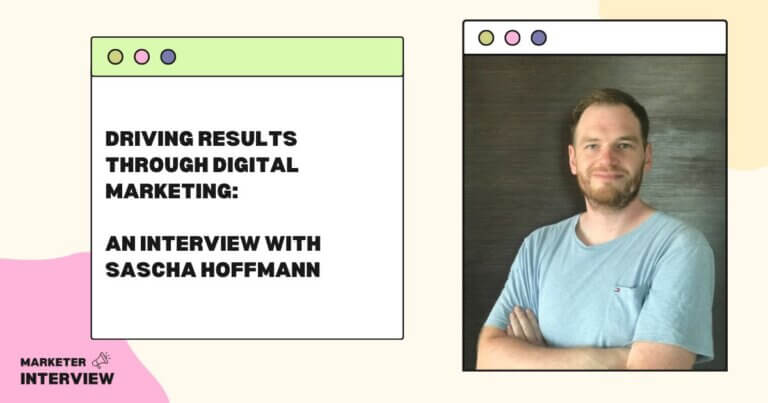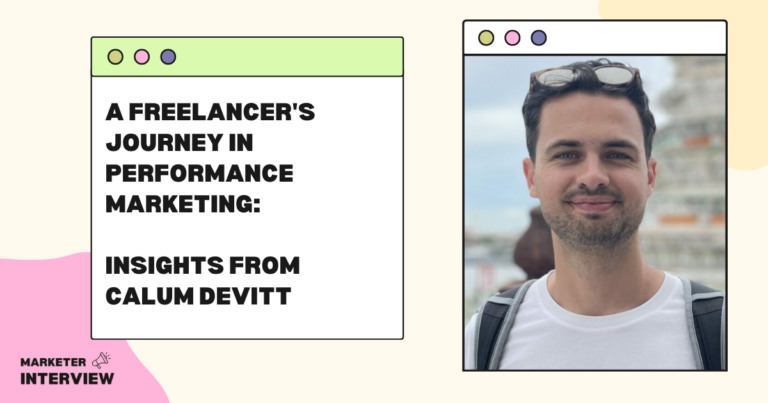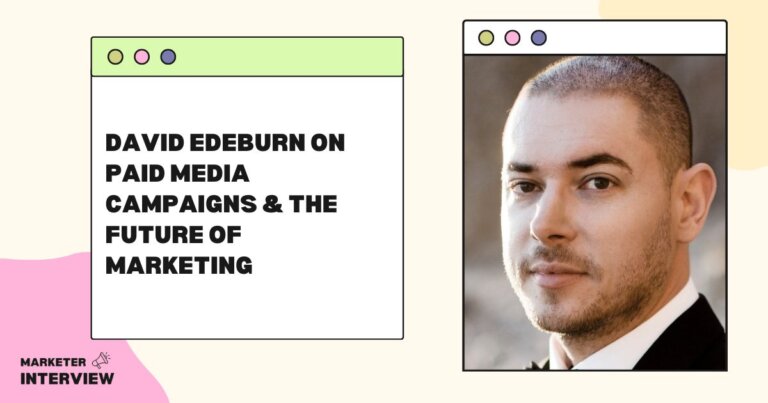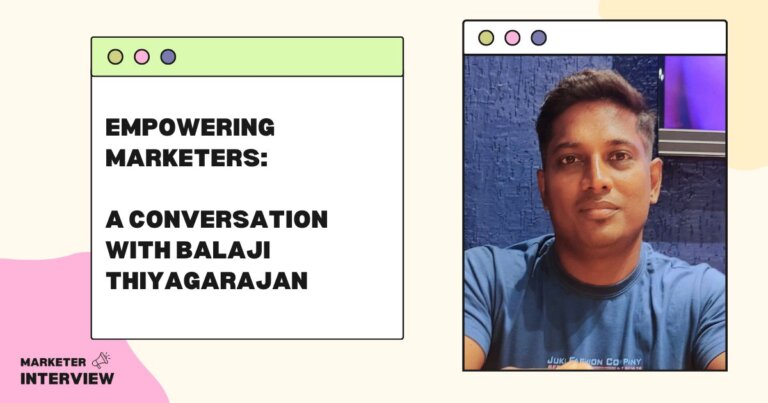Navigating the Diverse World of Marketing: Insights from CEO Joe Papa
Welcome to Marketer Interview, where we speak with interesting industry marketers to learn about their career journeys, expertise, and insights.
Today, we have the pleasure of speaking with Joe Papa, the CEO of Liquid X. Joe has a diverse background in marketing, including PPC, branding, local marketing, leadership, and SEO.
We are excited to learn more about his career and insights into the industry.
Contents
- 1 Can you tell us about your background and how you got into marketing?
- 2 As the CEO of Liquid X, what does your day-to-day job entail?
- 3 How do you approach PPC campaigns?
- 4 Can you share a branding campaign you worked on?
- 5 What do you think are the most critical aspects of local marketing?
- 6 How do you prioritize and delegate tasks as a leader in your company?
- 7 What are the most critical factors in successful SEO strategies?
- 8 How do you stay current with the latest trends and changes in the marketing industry?
- 9 Can you talk about a marketing challenge and how you overcame it?
- 10 What tools and software do you use to streamline your job?
Can you tell us about your background and how you got into marketing?
Absolutely! I got into marketing by running Google Ads for a family business, a landscape company in AZ.
I enjoyed the work, and it was fascinating to see the analytics data. In addition, I could see the result of my efforts on the reports as traffic to our site went up.
I continued to run the ads for the family business as I went to college and took on other jobs throughout my career. However, things changed for me when I heard a radio commercial that Google was opening an office in our area.
I applied to their Agency Development program, a division that helped ad agencies grow their Google Ads offerings. That solidified my career as a marketer.
I got to work with hundreds of agencies and thousands of different clients. I treated my time at Google as a paid internship and soaked up as much information as possible.
I eventually left for a better offer and have been there since doing medical marketing.
As the CEO of Liquid X, what does your day-to-day job entail?
Liquid X started as a side project for me, I got started right around the time COVID hit, and it helped fill in some of the downtimes.
My day-to-day routine is pretty simple.
First, I check out our social media accounts: FB, IG, TikTok, and Twitter, for any exciting comments (good or bad). It’s essential to stay involved in activities like this to keep a pulse on the brand’s overall feel.
After that, I reviewed the orders to ensure they had no issues. The website handles the heavy lifting here, but websites break, and it’s essential to review.
I am also writing all the content for Liquid X. We’re still pretty early in the brand’s life. I write 1-2 good weekly blog posts, chopped up and repurposed for social posts, texts, and email campaigns.
We’re also growing our affiliate program, so I spend some days watching online streamers for potential partnerships (influencer marketing).
Things won’t get hectic until we roll out a new flavor. Then the team gets together and brainstorms flavors. We then make a long-form podcast and taste the new flavors.
How do you approach PPC campaigns?
It sounds simple: PPC campaigns must align with your business goals, but many people don’t start with the basics.
Selling more products is always the general goal, but there are smaller steps to take to reach that goal.
I break out my PPC into 3 general areas: brand awareness, branded terms, and retargeting. Each has different steps within ad groups. I can then decide how much budget to allocate to each step.
The best campaign came from my time at Google. However, the one that stands out most is from a car dealership.
Tying in on the last question, we set up their account with campaigns for New Cars, Used Cars, Service, Finance, and Branded Terms.
The ad groups within the campaigns aligned with each of those general goals. So, for example, the New Car campaign had ad groups and terms for each car model they sold.
We eventually split off more campaigns to go after some of the competitor cars in the same class as my client sold, gave reasons why ours were better, etc.
What do you think are the most critical aspects of local marketing?
Local marketing relies heavily on foundational pieces:
1. Set up and flesh out your Google Business Profile, formerly Google My Business. Make sure your hours and information are accurate and check up on it often, as customers or competitors can change these pages.
2. Use a local listing service like Yext or Bright Local to add your information to local directory sites. There are hundreds of these, but these services aggregate your information and make it easy to distribute it to all directory sites efficiently.
3. Consider hiring a local SEO company. True professionals in SEO will review your area and your competition to suggest where you should position your business to avoid needless competition.
They will help you define your business and choose where to spend your time and money.
How do you prioritize and delegate tasks as a leader in your company?
I primarily use contractors currently, so delegation is very simple. I have a web team that gets the web tasks, a graphics person for design elements, etc. Each person has crystal clear goals and expectations.
That principle can be applied to most organizations: clear roles and clear expectations.
Some things can’t be delegated, of course, and prioritization depends on the next steps of the plan we have laid out for Liquid X.
Have a roadmap for your company: define what you want it to be, your ideal customers, and what it means to be your company’s consumer. Of course, deviations from the roadmap are inevitable, but having a course laid out lets you get back on track faster.
We “relaunched” Liquid X early in 2020, during COVID (more on the relaunch below). Our product is made in America, but the ingredients come from worldwide.
Shipping was a nightmare. Timelines ballooned out of anything reasonable. One problem after another popped up, delaying our launch. Delays are OK if you keep the goal in sight.
We got our product, and our goal shifted to the next part of the plan…figuring out how to sell our new energy drink.
In many ways, we’re still in our product’s “launch phase”: Building a customer base and optimizing our ad channels.
For more established companies, it’s always good to have some goals on the horizon, something for your team to work on outside of their day-to-day activities.
What are the most critical factors in successful SEO strategies?
“Content is King” is a favorite saying in the online space, and it’s still true today, but I’ll add: Good Content is King.
A blog does something for your brand if it moves you toward a goal. Of course, this is part of a larger strategy, but good SEO means optimizing your site for whatever your company has decided is its focus.
Pick a focus you want to rank for if someone is Googling something your company can solve. Of course, each business will vary, but it can range from: “Best Plumber Near Me” to “How to improve your mood” or “Healthy energy drinks.”

A quick story about SEO and defining your brand:
Liquid X initially launched in Amsterdam in 2000, right around when Red Bull was hitting its stride, and Monster and Rockstar were also rapidly growing. “Energy Drinks” was kind of a new idea and were catching on.
The original formulation of Liquid X didn’t have caffeine. So it was launched as a “healthy alternative.”
I use the quotes here because we have since added caffeine into the formula, and I don’t believe caffeine is harmful – but that was the original owner’s idea. It laid the foundation for “Euphoric Energy.” A different kind of energy drink that boosts your mood through herbal supplements and gives you more energy.
I used to drink Liquid X when I was younger. It was popular in nightclubs because, with the lack of caffeine, it was “safer” to mix with alcohol, and with a large number of B vitamins, the energy drink glows under black light.
B vitamins and other supplements naturally fluoresce in UV light. It’s pretty cool, and you can Google it for verification 😉
When I discovered that the original owners had closed shop, I could pick up where they left off and use their online infrastructure to rapidly launch a “new” product vs. starting entirely from scratch.
Some SEO research showed that Liquid X still ranked pretty well for many energy drink-related terms, and “Euphoric Energy” was one of them. For example, DrinkLiquidX.com ranks #1 for “Euphoric Energy Drink” on Google.
I did some additional research and found that there isn’t much competition in that area. So we defined that niche, the Euphoric Energy Drink, boosting your mood and energy.
You can either be first to market with a new product (energy drinks in general) or change an existing product enough to create a new sub-category: euphoric energy drinks.
I then handed this info to my SEO professional team to review our site with a fine-toothed comb. SEO is very technical, and it isn’t something I would handle on my own.
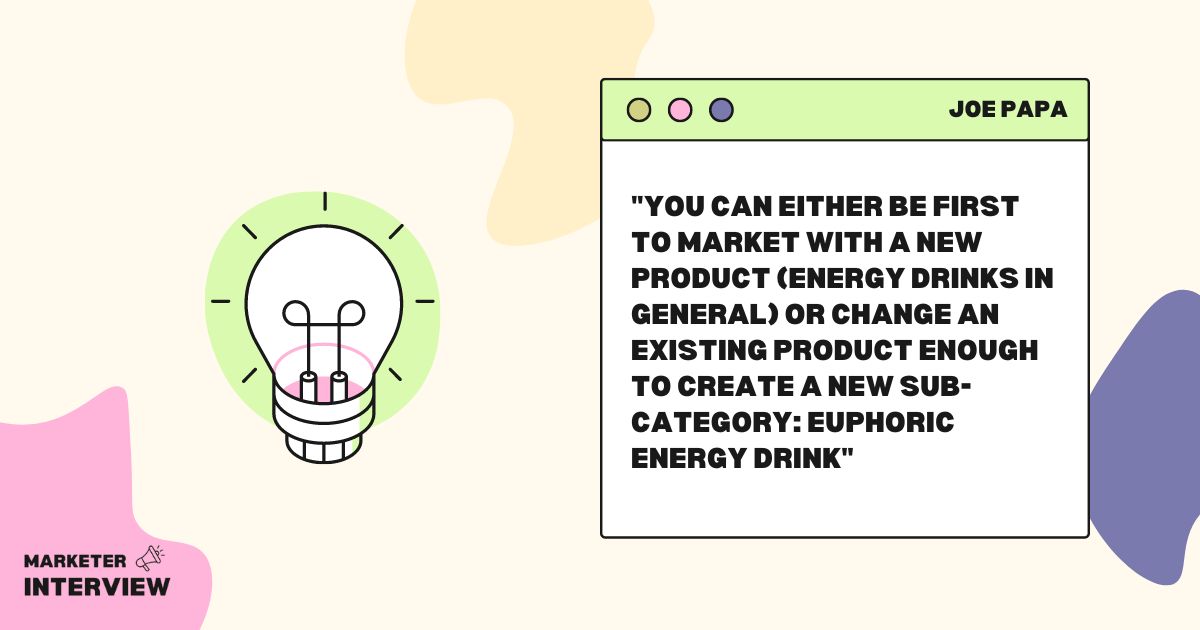
The SEO principles are simple: use your chosen phrase or business goal in your website copy.
Google has a formula that they follow to rank your site based on how closely it answers the questions users of Google ask. That’s SEO: showing up when people Google you or something related to you. Users essentially ask Google for referrals when searching, and Google’s only “job” is to supply valuable answers to those searches.
SEO has come a long way over the years, and there are no tricks to pack “keywords” into your site to rank higher. Instead, the best solution is simple: make content that answers users’ questions. For example, make blog posts and videos about topics your target market is interested in.
It’s simple, but it’s not easy. Good content takes a lot of work and no quick way. Make a plan and stick to it. Make one piece of good content each week.
A blog post can be repurposed into a vlog or podcast episode, chopped up, and pieces can be used on social media posts or emails. Besides boosting you up on Google, good content also helps establish your business as the authority in your field.
If a potential customer lands on your site and a site is just a selling tool, it’s one-dimensional. On the other hand, a site that provides value shows a deeper understanding of your field and is much more likely to result in a sale.
How do you stay current with the latest trends and changes in the marketing industry?
This is a great question! I love marketing “stuff,” so I actively subscribe to newsletters and podcasts about current events. It’s easy since it’s something I enjoy.
Many massive changes are coming in the marketing world with AI and short-form videos like TikTok.
Much of our discussion will be considered more like “traditional advertising” like print, newspaper, and radio.
It’s still going to be effective, and a lot of it is foundational, but I think what we will see growing is the use of short-form content and more genuine/candid “ads” coming from brands that get onto this trend.
Can you talk about a marketing challenge and how you overcame it?
The biggest success stories come from local SEO: smaller success stories that are measurable online but also change the lives of those running these businesses.
I work with an orthopedic surgeon in New Jersey, and he is trying to build a brand to compete with the huge hospital groups in his area. It’s David vs. Goliath, but he believes that smaller, boutique surgery centers have better results, and he has the data to back it up.
He wasn’t ranking in Google. So we took his site and optimized it for the specialties that his team focuses on. This is another massive piece of SEO. Google loves when people talk about your company, so they show you higher in the search results.
It was great to see a shift in this surgeon’s rankings. They went from page 5+ to page one, and he shows up now! We can chart the traffic changes with software and see results.
What tools and software do you use to streamline your job?
I use A LOT of software.
I use the Google suite of products: Gmail, Drive, Slides, etc., since Docs can be edited worldwide, which is very handy.
I use Buffer to schedule social media posts on FB, IG, and TikTok. SocialBlade is good at rating influencers and has helped me pick potential partnerships.
Highlevel manages my email campaigns, website forms, and text message marketing. Those are the big ones I use daily.
